Ruzafa, the coolest neighbourhood in Valencia
Today many Valencians want to live here. Let's see why.
No one can deny that Ruzafa is the trendiest neighbourhood in Valencia. A neighbourhood that has nothing to do with what it was a few years ago (not many) and where creativity, a wide range of leisure activities and a magical combination of trend and tradition have opened a breach in the marginality and dubious reputation that have always stigmatised the neighbourhood.
Ruzafa is Valencia's trendiest neighbourhood
I propose a walk through eight of the most characteristic streets of Ruzafa, where I will explain the type of homes you can find in them and the average price per square metre. No doubt about it, very useful information if you are Valencian and you are thinking of buying a flat in Ruzafa. Are you coming?
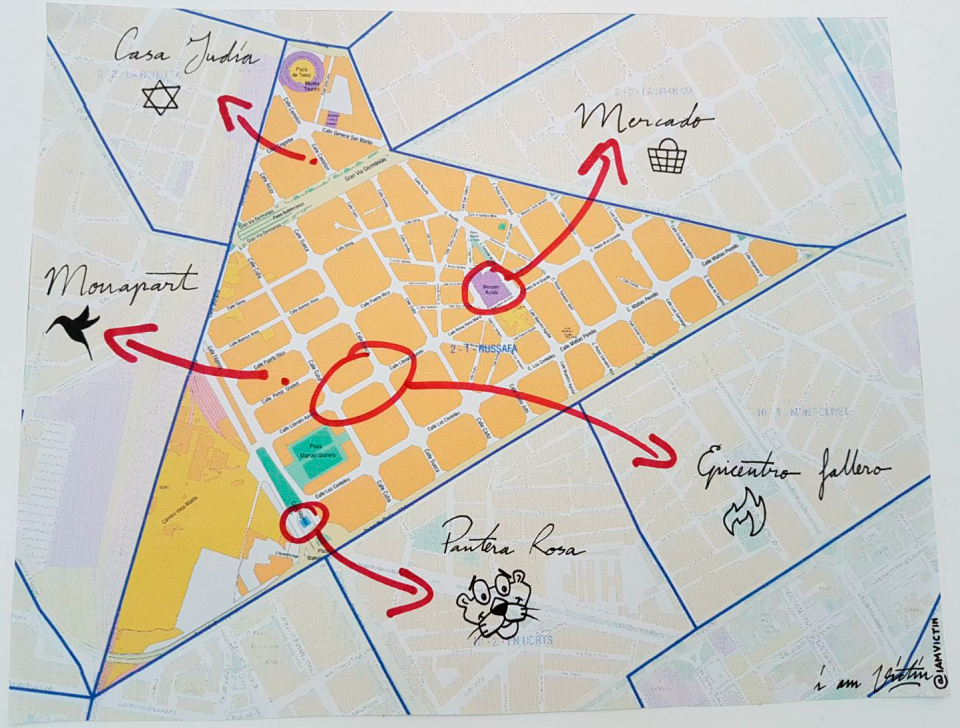
The eight streets of Ruzafa
Sueca StreetThis street has the best of its two neighbours, the liveliness and diversity of Calle Cádiz and the thunderous Fallas atmosphere of Calle Cuba. It also serves to define the streets of the western part of the neighbourhood: buildings from the first half of the 20th century for the most part (although with notable exceptions), with the typical eixample configuration of two flats per floor (a common pattern throughout the neighbourhood), average sale prices of 2,000 €/m2, with a rate of homes with lift of more than 80%. The façades give a very colourful air, common in the neighbourhood, and in this street they reach their maximum exponent; moreover, Calle Sueca improves as we get closer to Gran Vía. Despite the life it possesses, it is not an excessively noisy area... although when the Fallas arrive, the change is radical.
- PROS: possibly one of the hottest streets right now.
- CONS: not suitable for hermits, especially in March.
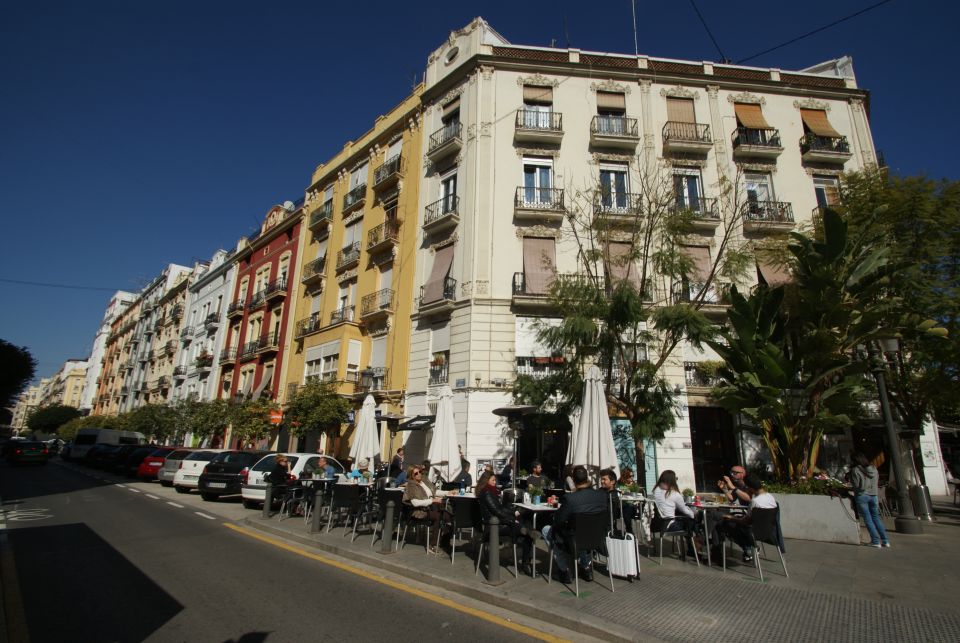
Literato Azorín/Reina na María/Pere III el gran streetIt's technically three streets, but nomenclature aside, this is the most heterogeneous street in the neighbourhood. It starts at the foot of the Parc Central, crosses the blocks where not so many years ago the Chinese wholesalers' shops used to accumulate (and in those two blocks, in March, you would also have to avoid two of the busiest fallas in Ruzafa), passes through the central section of the market and continues to the Regne de València avenue, which has now become a quieter street, typical of the Eixample. Therefore, in this street we can find features of the different faces of Ruzafa (and the different types of housing).
- PROS: All of Ruzafa in one street.
- CONS: All of Ruzafa in one street.
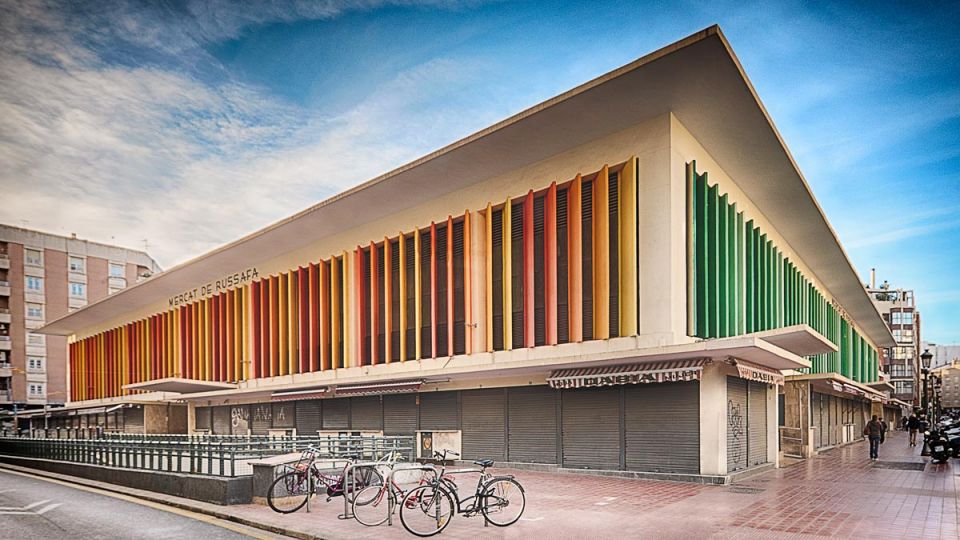
Ruzafa StreetSeeing its current layout, we can guess that the street was born in the district of Sant Francesc and went down from the southern end of the city to cross the old town of Ruzafa. This street is like an arm of the centre of Valencia that goes into the neighbourhood and retains a certain air of a road. This second point may be a personal perception, but the stretch that winds its way from the market to the Gran Vía retains quite the original feel of a main road, with a gentrified and very commercial feel, especially in the section before the bullring. Property prices here are closer to 3,000 €/m2 and the typology is somewhat more heterogeneous. Let's not forget that the last stretch of the street is shared with the Pla del Remei neighbourhood (which tops some of the city's housing price rankings).
- PROS: One of the most prime streets in the neighbourhood.
- CONS: Although it captures the flavour of Ruzafa's main street, it doesn't have the essence of the neighbourhood as strongly marked.
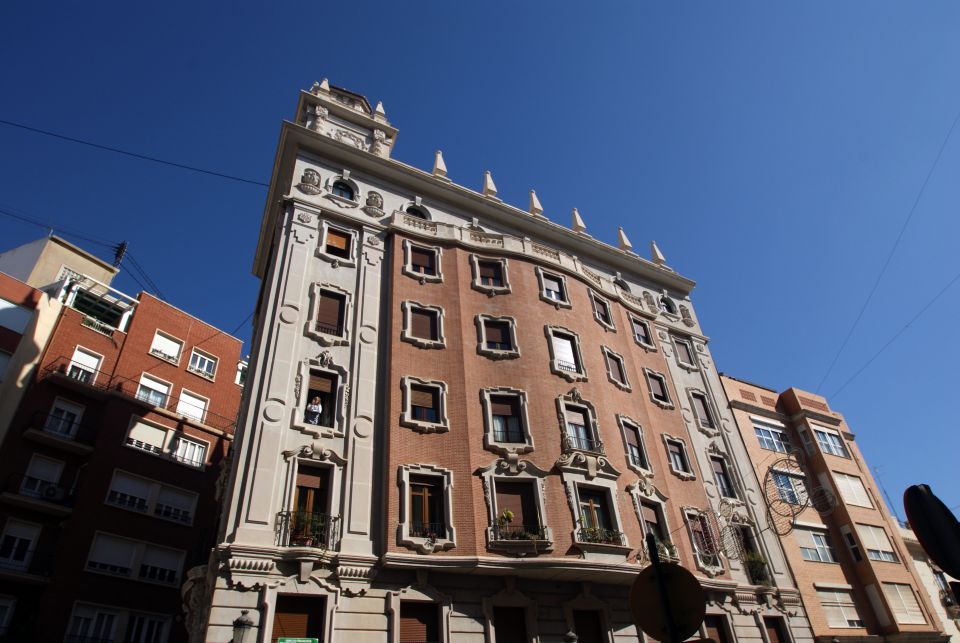
Regne de València AvenueThis avenue, which diagonally divides the Eixample from Gran Vía to Peris y Valero, could suffer from the slight lack of identity that we can find in Ruzafa street, but far from that, it adds the characters of the neighbourhoods it separates. Thus, here the more formal and bourgeois aspect of the Gran Vía neighbourhood clashes head-on with the more bohemian Ruzafa. Lots of cool shops, a very green promenade, and a "surf-terranean" station (yes, if you go down - illegally - you won't be able to take the metro, but you will be able to surf) are some of its hallmarks. It is also very heterogeneous in terms of housing typology, with the mid-point of prices standing at 2,300 €/m2, with a lift in more than 90% of the flats for sale.
- PROS: Possibly the coolest avenue in Valencia.
- CONS: If you don't like avenues...
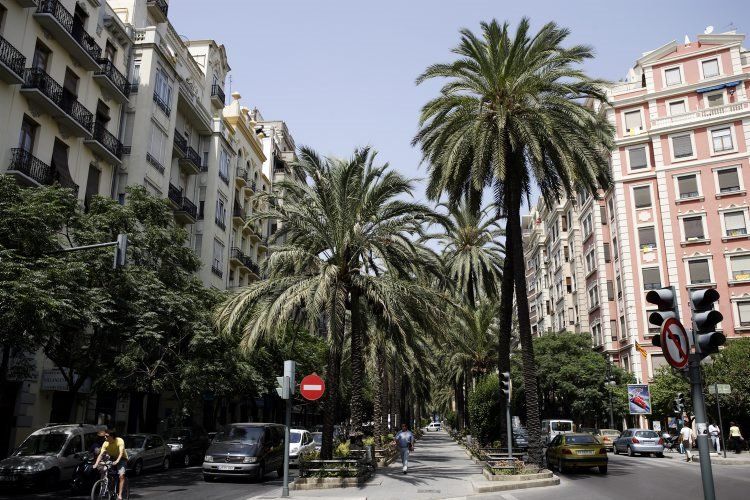
Lluís de Santángel Streetis one of the most representative streets in the eastern part of Ruzafa and, in my opinion, the most beautiful. The area itself has more of the soul of Eixample, but it's just a stone's throw from where it's all happening. It's like living in the mansion next door to Charlie Sheen: sure, he'll invite you to all his parties, but when you get tired you can go home to sleep peacefully, even if it's crawling. And there is a good gastronomic offer: in this street, for example, you'll find the restaurant Ancón and two steps away, the restaurant Canalla BistroThe area has been awarded a Michelin star. The properties in the area have the character of Calle Salamanca, Calle Císcar and so on, but at a 15% lower price (around 2,200 €/m2).
- PROS: Quiet area of the neighbourhood.
- CONS: If you like merengue, this is not the street for you.
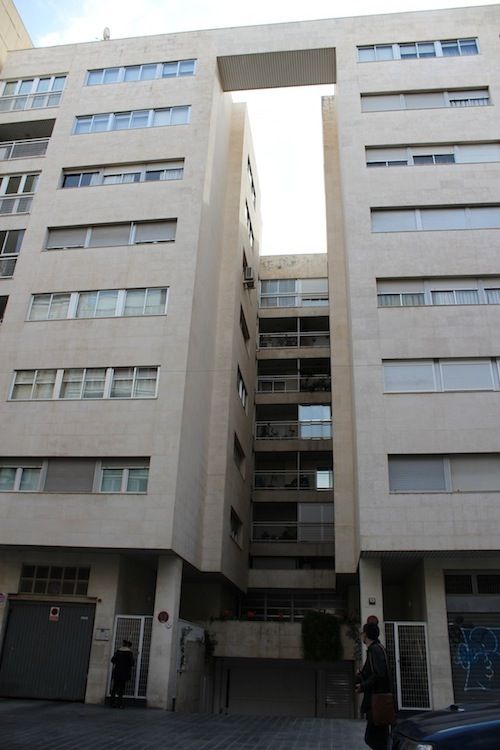
Philippines StreetThis street perfectly represents the change that Ruzafa has undergone. Not long ago it was a rather sad street, where the neighbourhood ended up against a wall that seemed to contain a black hole inside. Today, from that hole, the long-awaited Parc Central and all its promises are beginning to emerge. It will take years to be finished, but the good news is that it starts from Calle Filipinas and the results are already noticeable, as it has been redeveloped and is starting to look good. It is possibly the cheapest area in the neighbourhood today (homes for less than 1,900 €/m2) and the quality of the buildings is below average, but not for long... By the way, this is the home of the Pink Panther, who was born red, then dyed rust and then painted... pink.
- PROS: Betting on the future.
- CONS: There is still some excavator noise to get to the Central Paradise.
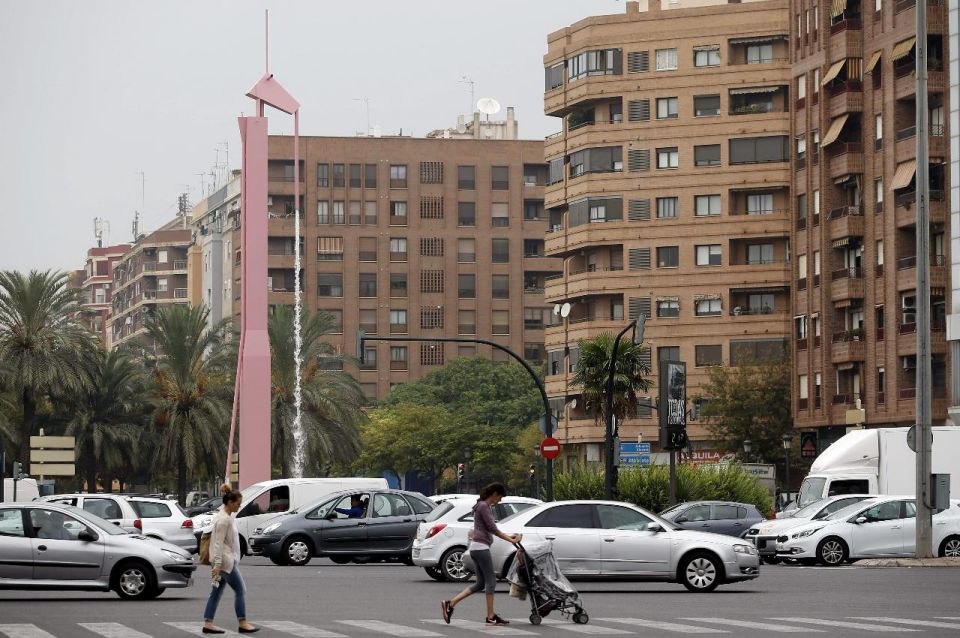
Mosén Femenía StreetIt represents the most central Ruzafa and, above all, the craziest. It starts at the market and is pedestrianised until it turns into Puerto Rico. If you feel like procrastinating, you can enter Street View and see what this street looked like in 2008. I'll give you a spoiler: it was terrible. But that makes it even more special, because now it looks and colours great and is the epicentre of the neighbourhood's nightlife. The housing in this street is more traditional, although it is easier to find flats without lifts and even harder to find parking. Prices are around 2,100 €/m2.
- PROS: One of the most genuine and "most Ruzafa" streets.
- CONS: You are at the epicentre, with all its consequences.
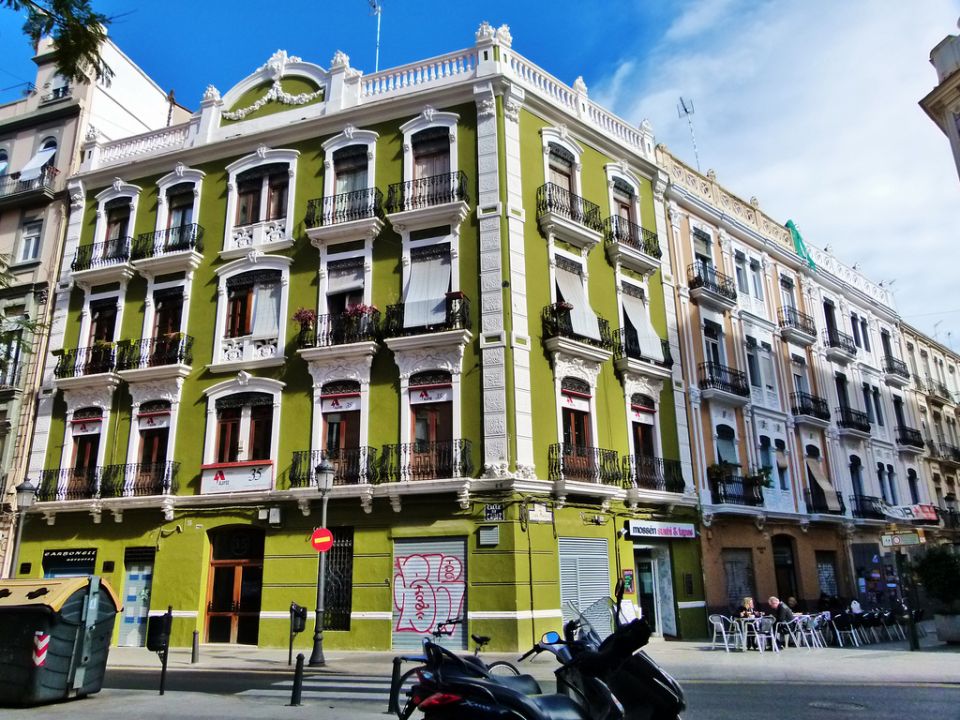
Castellón StreetThis street represents very well an isolated area of the neighbourhood, which has evolved at the same time, although in a slightly different way, as it has mutated towards a more "mainstream" commercial profile, with Primark included. It has a different vibe to the rest of Ruzafa, but it has a vibe - and the Jewish house! The typology of housing in this area is heterogeneous and the average price is around 2,300 €/m2, also due to its proximity to the centre of Valencia.
- PROS: It is not the talk of the town, but it is a charming place.
- CONS: Don't come here looking for the hippest and cutest places in town.
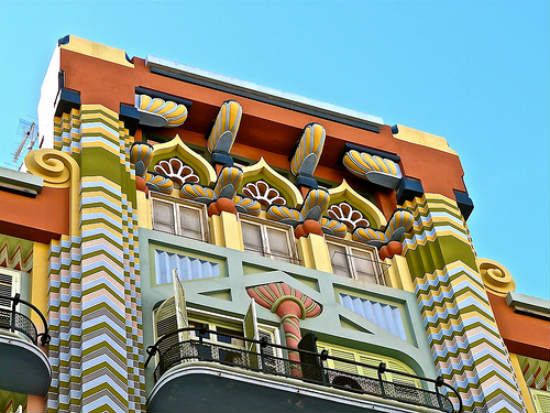
And finally... A bit of history. From the origins of Ruzafa as a municipality to the cool neighbourhood of València that it is today.
The archives date back to the Muslim period in València. Ruzafa is an Arabic word meaning "garden", and points to the residence of Abd Allah al-Balansi, an Umayyad prince who settled next to Valencia. A leap of some six centuries later, we find a population centre independent of the capital, which extended to the south and which, after the disappearance of the walls, was annexed to València at the end of the 19th century and swallowed up by the Eixample.
Of the three neighbourhoods of Valencia's Ensanche, Ruzafa is the only one that maintains a historic centre. It is a family neighbourhood, traditional and with local shops.
In this new configuration, the wealthiest families settled in the areas closest to the centre and those surrounding the Gran Vía del Marqués del Turia, while the poorest families tended to occupy Ruzafa, which thus became a family neighbourhood, traditional and with a local commercial fabric.
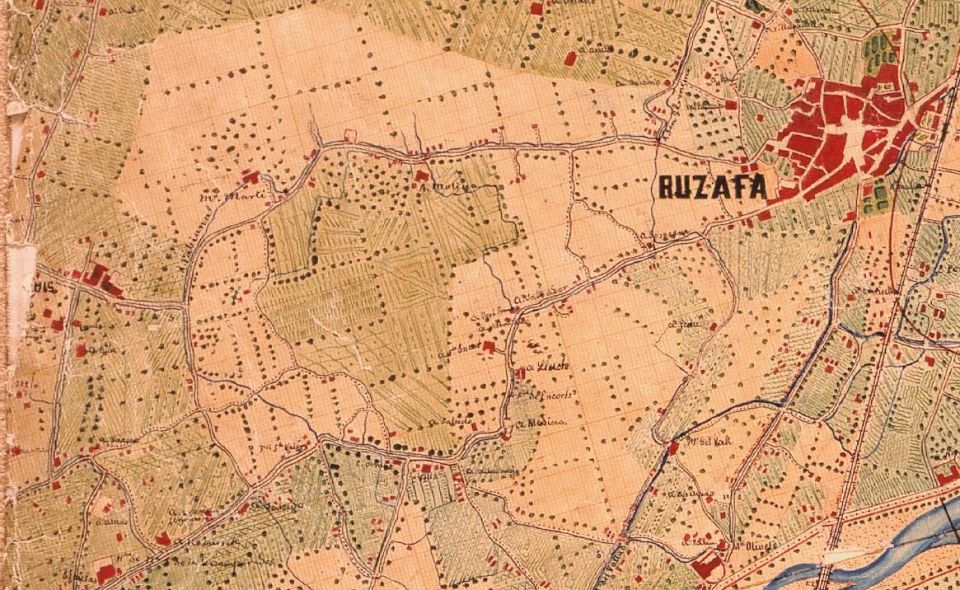
During the 20th century Ruzafa underwent two radical changes: on the one hand, it became an area with high rates of marginality and delinquency, especially in the western area. As we are told Víctor de VicenteThe graphic designer and neighbourhood resident who witnessed the whole process, it was from the 1970s onwards that traditional shops began to close, infrastructures deteriorated and Ruzafa attracted the most depressed layers of the population, both nationals and immigrants. On the other hand, at the beginning of the 80s and during the golden years of the Bakalao Route, conflictive locals and businesses opened up in the neighbourhood. Víctor remembers how he went from walking down the street calmly as a child to witnessing brawls from the window of his house. This situation caused a lot of discomfort for the neighbourhood residents, who forged a neighbourhood force that in the end proved decisive.
In the years of the real estate boom, Ruzafa experiences a turning point due to several events: private initiatives begin to renovate many of the homes and communities, which coincides with a generalised price rise that also marks the beginning of a certain gentrification. The Chinese community leaves the neighbourhood in favour of industrial estates (Manises), the bohemian and creative germ begins to attract a new type of commerce, and the city council announces the second part of the RIVA plan in 2005. The plan is not implemented as such, and is abandoned in 2007, although the process is now unstoppable. Another plan of public origin partly covers what was promised, and Ruzafa starts to look different...
In the years of the real estate boom, Ruzafa began to become the fashionable Valencian neighbourhood it is today.
After years of struggle, the residents are beginning to see a balance between what is aimed at people who come from other parts of Valencia attracted by the cultural and leisure offer, and the needs of the inhabitants of the neighbourhood, which despite gentrification, continues to have a very local base. There were many years in which a large influx of visitors coincided with a large exodus of children looking for school... But with the Parc Central closer, a better balance is expected between the leisure offer of the neighbourhood (restaurants, bars...) and the facilities for its residents.

The western part of the neighbourhood, the grid between the streets Filipinas (and Gibraltar), Sueca, Centelles and Gran Via Germanías, was the most deteriorated area of Ruzafa and where all these changes have taken the longest to arrive. In fact, about three years ago, we estate agents still used to encounter a certain rejection regarding properties for sale in these streets as people were interested in flats in the area around the market and in the area around Marqués del Turia. But now the panorama is very different! We ourselves, since we have installed the headquarters of Monapart València in the coworking space of TioVivo Creative located in the neighbourhood, we have realised that these streets have a special halo, a sum of the original character of Ruzafa, an Arab touch and another creative and bohemian touch... And lots and lots of life.
Ruzafa is the trendiest neighbourhood in Valencia. We propose a route through its eight main streets and we explain the types of housing and the price / m2 in each of them. Very useful information if you are thinking of buying a house in Ruzafa, don't you think?


